Behold, another curious question emerging from the young mind in our family; why are bunnies and eggs part of Easter? Fortunately, we are far from the library visit days scanning through microfiche (ok I’ve dated myself), and we have a deluge of data pouring into our devices instantly upon prompting the question at hand.
Alright, let’s dive into the wild and tangled origins of Easter. Buckle up, because it’s a wild ride blending ancient pagan vibes, Christian integration, and some seriously old-school traditions that got mashed together over centuries.
Like many traditions, the commingling of various cultural customs sets the trajectory toward the celebrations we now take for granted, but let’s not get ahead just yet.
Echoes of Older Traditions
So what do we tell our daughter? Well, eggs have been a thing since… forever… ancient Persians dyed them for Nowruz, their spring New Year, over 2,500 years ago. Ancient Egyptians and Romans used eggs in spring festivals to celebrate the renewal of life. In many pagan traditions, eggs were associated with Eostre, the Germanic goddess of spring and fertility. The egg has been a symbol of fertility, renewal, and new life across many cultures.
And the Rabbits? They’re prolific breeders, so they’ve been tied to fertility in pagan, Germanic and Celtic folklore for ages. In Germanic folklore, hares were linked to Eostre, and some legends say she transformed a bird into a rabbit that laid colorful eggs.
Christian Consolidation
Then we shared with our daughter the next conversion in history. As Christianity spread, many pagan customs were absorbed into Christian traditions. Eggs became associated with Jesus' resurrection; Eostre’s spring bash got a makeover. Just as a chick emerges from an egg, Christ emerged from the tomb. Also, during Lent, eggs were forbidden in many medieval Christian communities, and people would preserve them, later eating them on Easter Sunday as a celebration. That was a good enough explanation.
Easter, as we know it today, is primarily a Christian holiday celebrating the resurrection of Jesus Christ, which is said to have happened on the third day after his crucifixion. That’s the official line, rooted in the New Testament, specifically the Gospels of Matthew, Mark, Luke, and John, written around 70-100 CE. The timing of Easter Sunday is tied to the first Sunday after the first full moon following the spring equinox (called the Paschal Full Moon), which is why it bounces around the calendar between March and April. This lunar connection comes from the Jewish calendar, since Jesus’ crucifixion happened around Passover, a holiday commemorating the Exodus from Egypt.
There’s also a Jewish angle beyond Passover. Early Christians were mostly Jews, and the Last Supper was a Passover meal. The resurrection story piggybacked on Passover’s theme of liberation, but over time, as Christianity split from Judaism and spread to Gentile lands, it picked up more of those pagan flavors.
Egg Hunting
When our daughter asked about the history of Easter egg hunts, my homeschool mama mind delved into more interesting stories. The first recorded Easter egg hunts are linked to Martin Luther, the Protestant Reformer in 16th Century Germany. Luther is said to have organized egg hunts where men hid the eggs, and women and children searched for them, symbolizing the discovery of Christ’s empty tomb.
Similarly, German tradition of the Osterhase, Easter Hare, in the 17th Century Germany introduced the idea of a magical hare hiding eggs for children to find. The ritual was obviously liked enough by all that the practice meandered through history to greet us as we know it today, like this short clip from 2021, our last Easter in the Pacific Northwest.
The Modern Easter Bunny Tradition
The modern Easter Bunny comes from 17th-century Germany, where the Osterhase (Easter Hare) was said to bring decorated eggs to well-behaved children. German immigrants brought the tradition to America (Pennsylvania Dutch communities in the 1700s), and it spread widely, eventually incorporating candy and chocolate.
By the 19th century, the Easter Bunny and eggs became major symbols of Easter celebrations in Western culture. The tradition evolved with the introduction of chocolate eggs (early 19th-century France and Germany) and plastic eggs filled with candy (20th century, U.S.). The eggs have evolved in most hunts from real eggs, to chocolate eggs, to the modern plastic eggs with hidden surprises. Commercialization of this sacred ceremony dominates our culture and it’s easy to diverge from the deeper meaning.
While the modern Easter Bunny and egg traditions seem playful, they are deeply rooted in centuries-old beliefs, a mashup of pre-Christian folklore and Christian faith, about fertility, renewal, and resurrection. Kids love Easter, but its important they understand the deeper meaning of faith behind the bunnies and eggs fun. Our daughter was grateful to grasp a deeper understanding. Yet, at 8 years old, she’s still looking forward to the Easter Bunny egg hunt, at least one more year.
Easter Essentials
Fortunately the Easter Bunny is on the same wavelength as us with healthy eating and thoughtful basket items. Our daughter has found all sorts of organic, GMO-free, and dye free candy in her eggs, plus other cool stuff.
Here’s some of the Easter Bunny gifts and goodies we have loved:
Lego kits - spread throughout many eggs
Small Stuffed Animals - fortunately there are jumbo eggs for small toys
Coins - often unique half or whole dollar coins
Books - that just so happened to be at our daughter’s current reading level - so amazing! Books were in the mother load basket often hidden in a tree.
Wooden Easter Ornaments DIY Crafting Kit - shown below
Thank you Easter Bunny for going the extra mile! 😉😉😉
May your upcoming Easter be full of love, fun, faith, ritual and renewal.
With love, health, and knowledge, may you live abundantly. See you again in the next post.
Warmly,
Brit-Simone
Little Gems I Recommend
Now after all that candy, even if organic, it’s best to do some house cleaning… on the inside. I love to share what works for me and my family on our health and wellness journey. May you too find what best serves you and yours. ☺️
So innovative! Check out these vitamins you can wear and enjoy their benefits as they absorb through your skin throughout the day. Great for kids too! There’s even one for better sleep.
This helps get that sh** out! LOL. It synergistically combines the world's most well-researched and clinically proven liver-rejuvenating ingredients, meticulously chosen to detoxify the liver, clear out bile ducts, and eliminate excess fat!
I love supporting the gut microbiome. Enjoy natural ingredients that focus on eliminating bacterial overgrowth, restoring balance to your microbiome, and help the body heal itself from the inside out.
I Am Grateful For Your Support!
When you Upgrade to Paid on Substack, donate to Buy Me a Coffee, or utilize an affiliate link on any of the Cool Stuff included in any of my content (at no extra cost to you and often with a discount just for you), you are supporting an independent writing mama who balances each day with family life, homeschooling, and developing this entrepreneurial endeavor. I am grateful for your support.
Also, check out my hubby’s Inspirational Badass Substack.

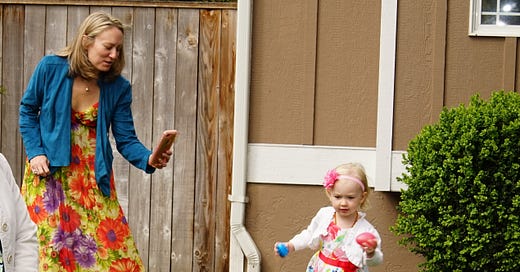



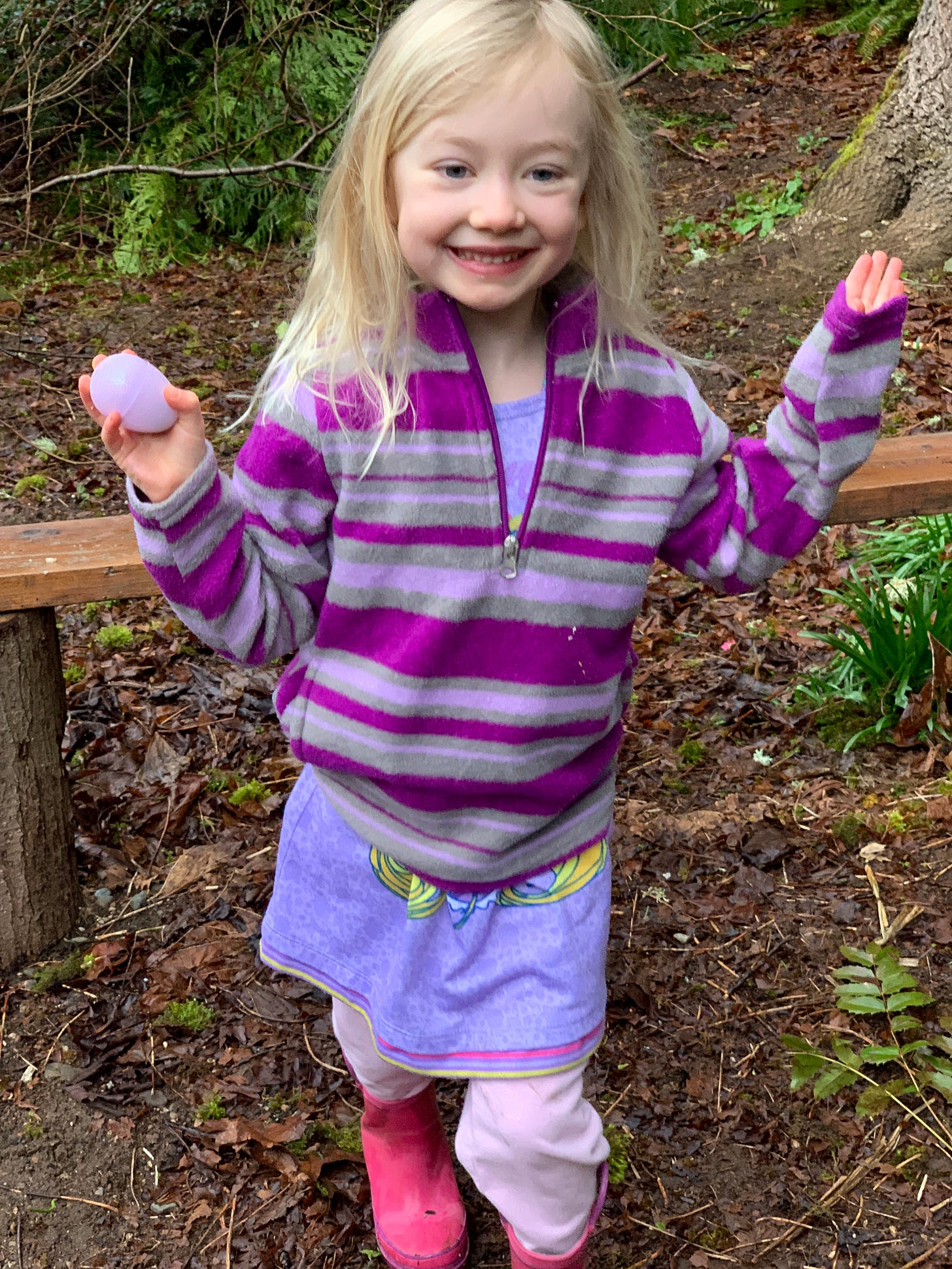
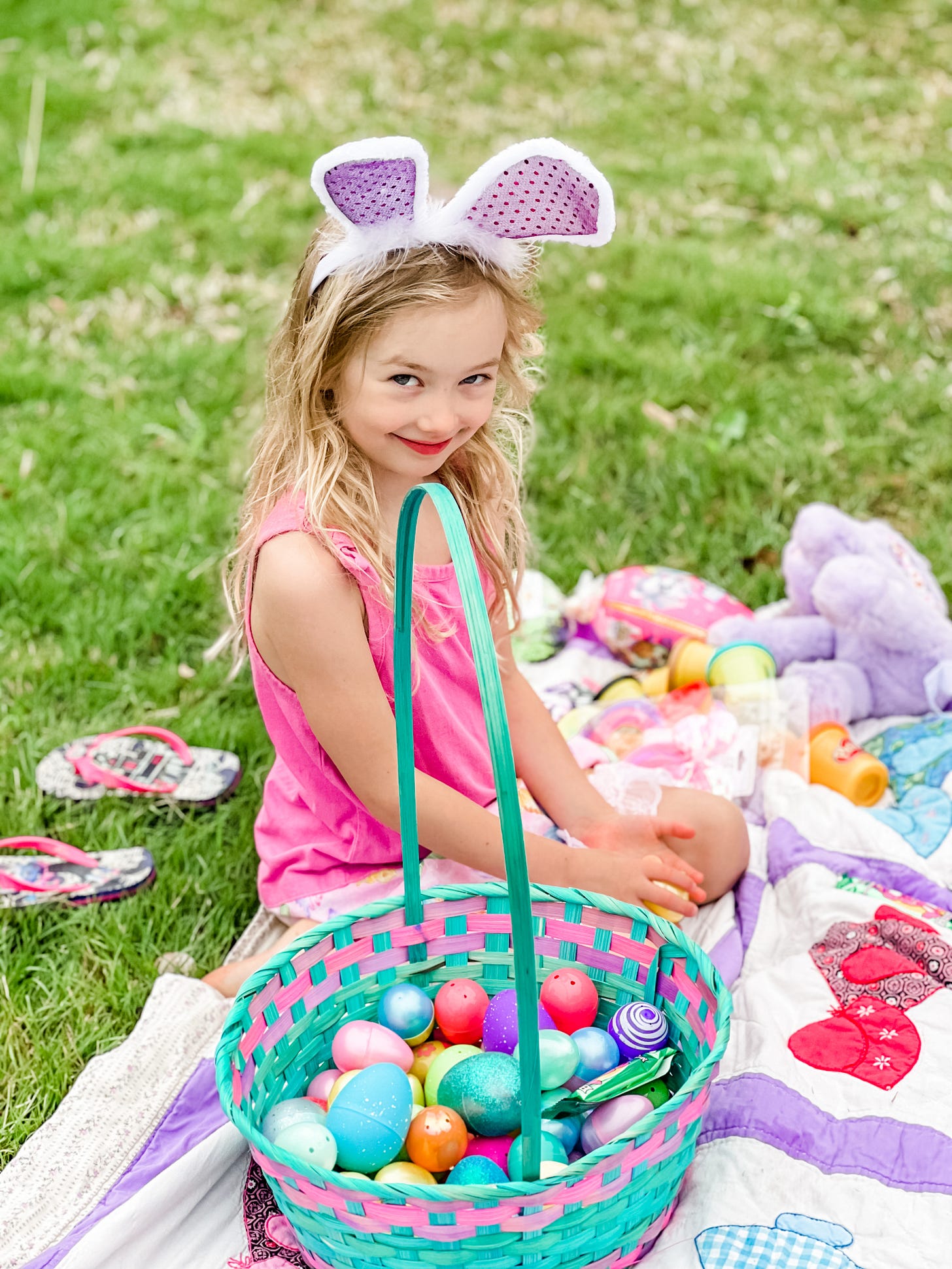
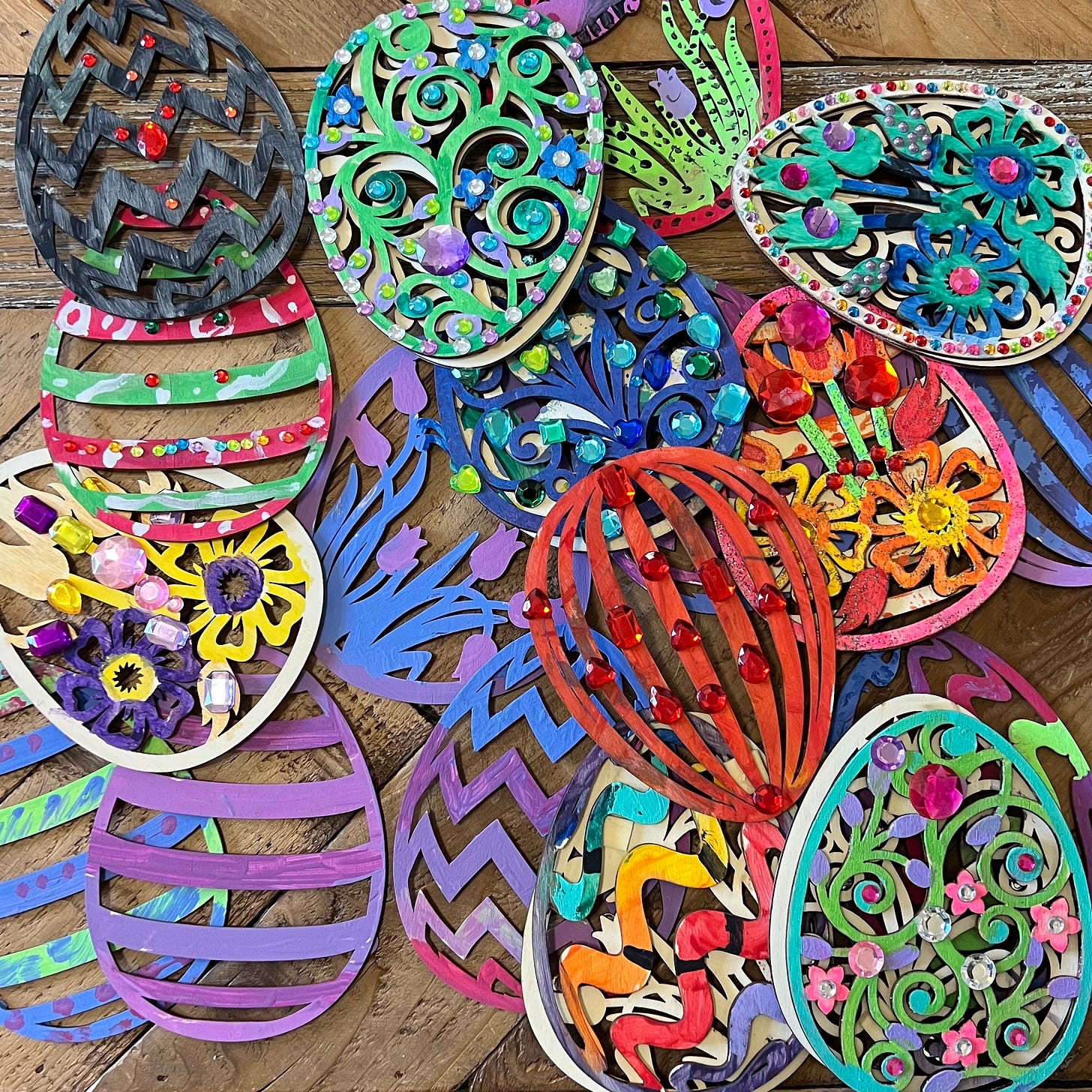
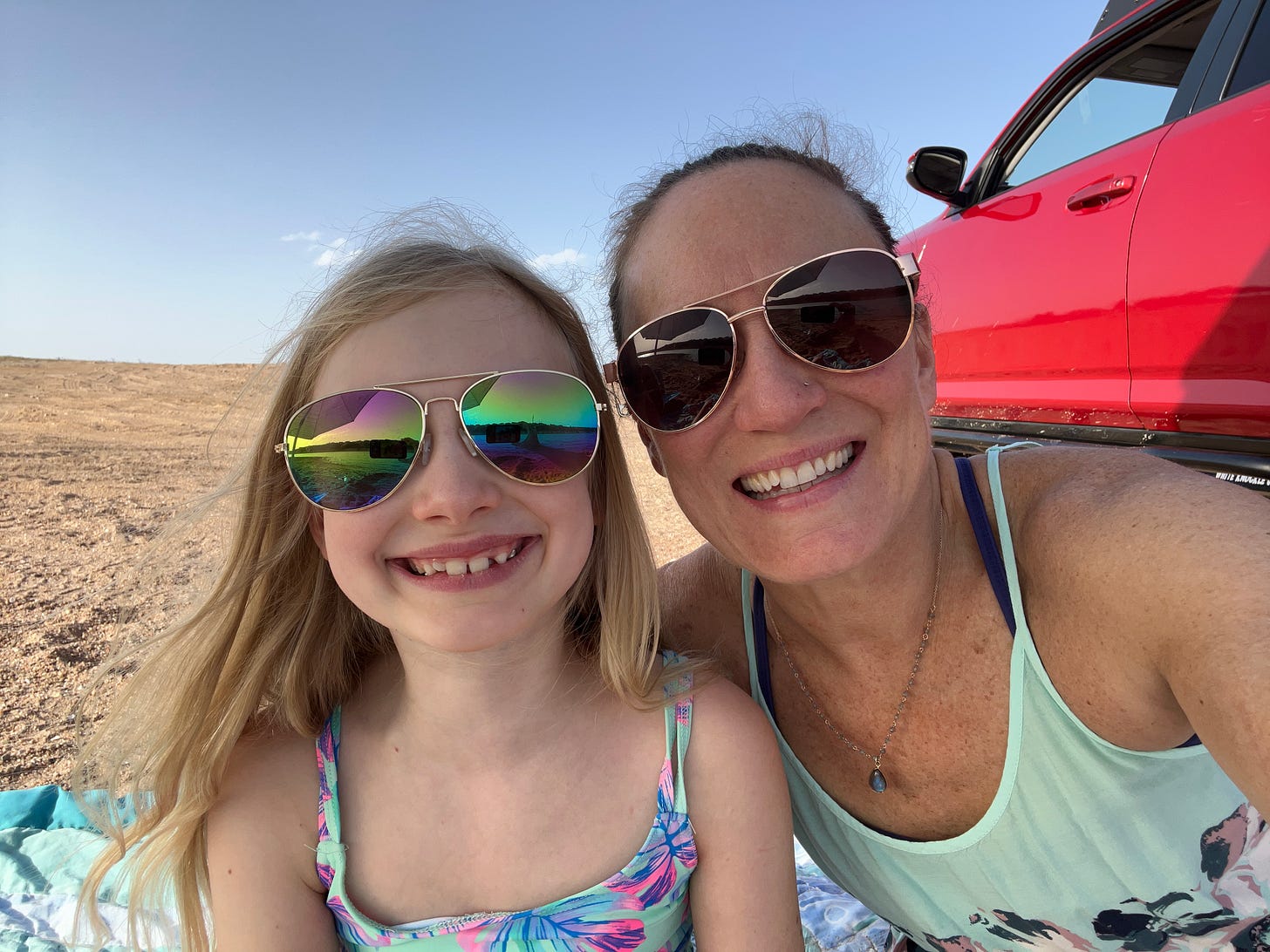

The video is so stinking cute!